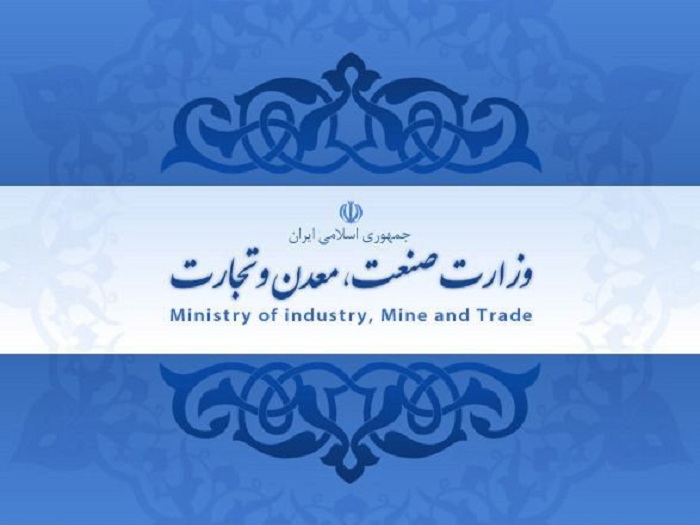Communicating the instructions for unity of procedure in activating mines

The Minister of Industry, Mines and Trade instructed the heads of the Industry, Mining and Trade Organization of 31 provinces, the General Administration of Southern Kerman, as well as the Mako, Aras and Qeshm Free Zones, to establish a unified procedure for activating inactive mines and mining areas.
According to the International Iranian Stone Exhibition, the instructions for establishing a unity of procedure in activating inactive mines and inactive mineral areas have been compiled in 11 clauses and five notes, guaranteeing the proper implementation of this instruction and responding to regulatory bodies with the heads of the provincial industry, mining and trade organizations.
Pursuant to paragraph 1 of this guideline, license holders of all exploration zones - whose deadline for submitting a final report has expired - have been given three months from the date of notification to indicate the coordinates of the identified promising areas. And to obtain licenses, group 6 mineral exploration licenses.
According to paragraph two of this instruction, all the areas requested for the issuance of exploration licenses, which have been revoked and blocked for any reason, are mentioned in accordance with the regulations and with full information (through media, newspapers, portals, bulletin boards, etc.). ) And free, it will be possible for applicants to register in the cadastral system.
According to paragraph five of this instruction, the scope of exploration licenses canceled, revoked or disqualified, in compliance with the relevant regulations, within a maximum of three months from the date of notification of this instruction is given to the applicants by public auction and if there is no applicant in the auction. Prior announcement (through media, newspapers, portals, etc.), release them.
According to this report, Reza Azimi, Director General of Exploration Affairs of the Ministry of Industry, Mines and Trade, had said in September 2011: Areas that are practically inactive in terms of exploration will be identified and auctioned to qualified technical and financial applicants.
The Ministry of Industry's information network quoted him as saying that supporting the private sector in the field of exploration and forming specialized consortia for investment and drilling in exploration plans and projects is one of the ministry's priorities.
He also said about increasing the depth of mine exploration: "Increasing the depth of mine exploration requires modern drilling equipment and devices. Therefore, due to the high price of this equipment, the policy is based on forming consortia consisting of activists in this field." Provide the equipment needed to increase the depth of exploration.
Azimi stressed the need to support specialized drilling companies, and that attracting resources from the National Development Fund to purchase drilling equipment, as well as localizing the production of drilling equipment spare parts, is on the agenda.
He stated that special privileges for specialists, consortia and companies with superior executive and scientific capacity have been seen in the instructions of the auction of mining areas, adding: in case of announcing the new law, the maintenance of exploration areas by the applicants will cost them It will be, and this will cause the blocking of the exploration areas to reach a state of equilibrium and eventually to a minimum.
Azimi noted: "Studies show that in recent years, about 500 exploration licenses have been revoked due to incomplete exploration operations and have been placed on the auction list of industry, mining and trade organizations, which will be awarded to eligible applicants by auction."
According to him, the new policy is to have more control and supervision over the activities carried out when renewing new licenses, and to renew them if necessary.
Azimi had announced: "Today, in areas where there is a high investment risk and there is no demand from the private sector, preliminary studies of mineral potential infrastructure and basic information, by development organizations such as the Geological Survey and Mineral Exploration Organization and the Development Organization." Renovation of mines and mineral industries (Imidro) will be done and after the existence of the mineral, it will be handed over to specialists, investors and private sector activists through auctions.
According to the Ministry of Industry, there are currently 5,600 mines operating in the country, of which an average of 400 million tons of minerals are extracted, of which 60 to 65% are construction materials.
* IRNA










